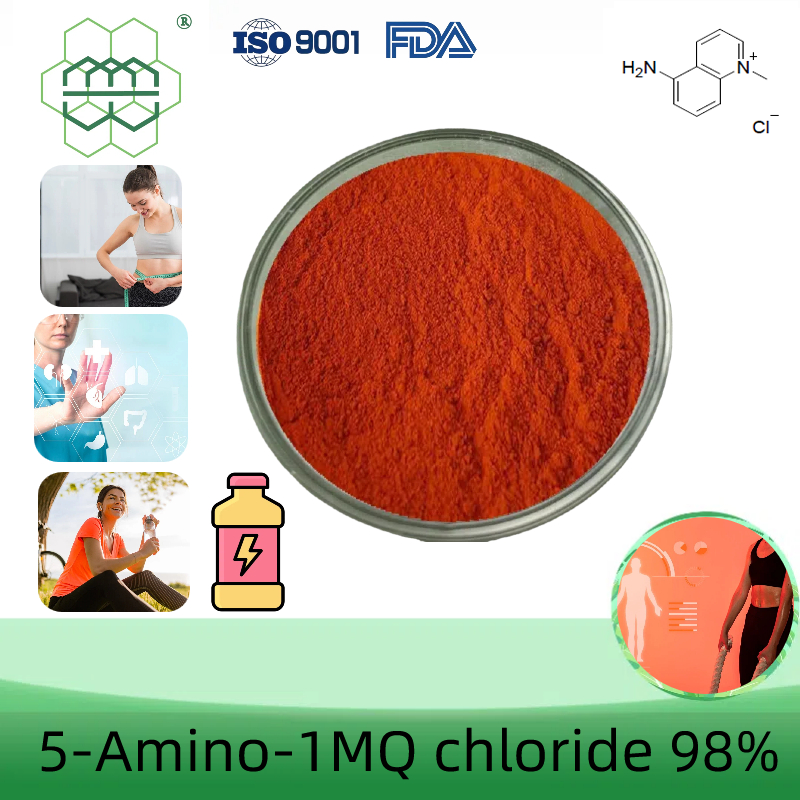-
Categories
-
Pharmaceutical Intermediates
-
Active Pharmaceutical Ingredients
-
Food Additives
- Industrial Coatings
- Agrochemicals
- Dyes and Pigments
- Surfactant
- Flavors and Fragrances
- Chemical Reagents
- Catalyst and Auxiliary
- Natural Products
- Inorganic Chemistry
-
Organic Chemistry
-
Biochemical Engineering
- Analytical Chemistry
-
Cosmetic Ingredient
- Water Treatment Chemical
-
Pharmaceutical Intermediates
Promotion
ECHEMI Mall
Wholesale
Weekly Price
Exhibition
News
-
Trade Service
com.
cn report: In March, UPL announced in foodmate.
net/tag_3725.
html" class="zdbq" title="Brazil-related food information" target="_blank">Brazil that it would launch an innovative foodmate.
net/tag_1566.
html" class="zdbq" title="Fungicide-related food information" target="_blank">fungicide , which is a combination of mancozeb, foodmate.
net/tag_1247.
html" class="zdbq" title="Azoxystrobin related food information" target="_blank">azoxystrobin and foodmate.
net/tag_142.
html" class="zdbq" title="Prothioconazole related food information" target="_blank">prothioconazole to deal with foodmate.
net/tag_269.
html" class="zdbq" title="Soy-related food information" target="_blank">soybeans.
Increasingly severe disease challenges in China and the increase in the number of foodmate.
net/tag_3167.
html" class="zdbq" title="Fungus-related food information" target="_blank">fungi that are resistant to fungicides with specific sites of action .
UPL believes that these three active ingredients are "different but complementary to each other.
" The company promised that this solution for complex soybean diseases will be launched on the Brazilian market in the next few months.
" The company promised that this solution for complex soybean diseases will be launched on the Brazilian market in the next few months.
Fernando Arantes, manager of fungicides at UPL Brazil and agronomy expert, said that if not properly managed, diseases can cause crop productivity to drop by as much as 70%.
UPL's new product can help Brazilian farmers control major diseases such as leaf spot, anthracnose, cercosporidium, powdery mildew and soybean rust.
UPL's new product can help Brazilian farmers control major diseases such as leaf spot, anthracnose, cercosporidium, powdery mildew and soybean rust.
Since soybean rust was discovered in Brazil 19 years ago, the pathogen Puccinia vulgaris has caused more than 150 billion rupees ($22 billion) in losses to soybean growers.
Arantes continued that the innovative solution of UPL will help to protect and discover the maximum yield of crops.
It has strong practicability and flexible application, which is suitable for different stages of the planting cycle.
Another feature of this program is its unique green effect.
This technology will make plants greener and healthier, thereby improving the quality of soybeans.
Arantes continued that the innovative solution of UPL will help to protect and discover the maximum yield of crops.
It has strong practicability and flexible application, which is suitable for different stages of the planting cycle.
Another feature of this program is its unique green effect.
This technology will make plants greener and healthier, thereby improving the quality of soybeans.
This fungicide is being tested in 68 production areas in Brazil.
After completing various legal steps and obtaining authorization to use, the solution will be fully introduced to growers in all Brazilian states through UPL's cooperative distributors.
After completing various legal steps and obtaining authorization to use, the solution will be fully introduced to growers in all Brazilian states through UPL's cooperative distributors.







